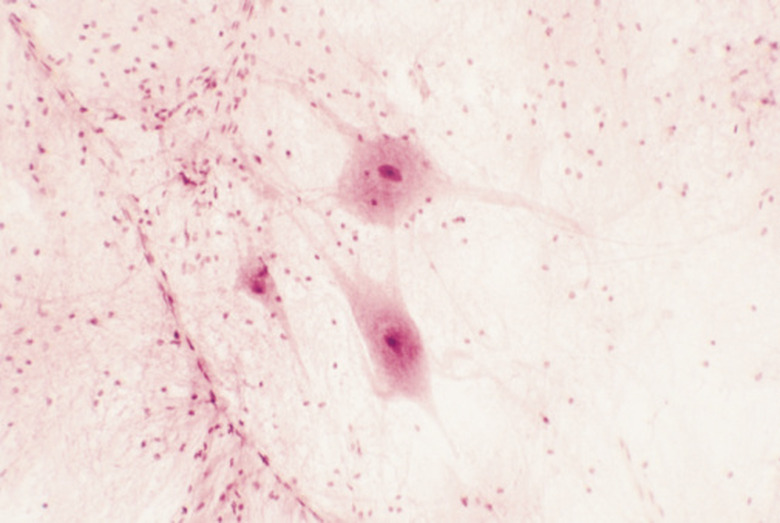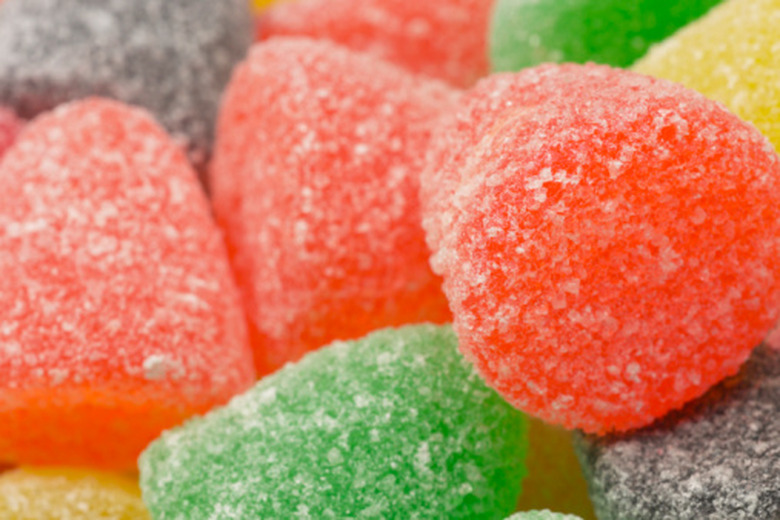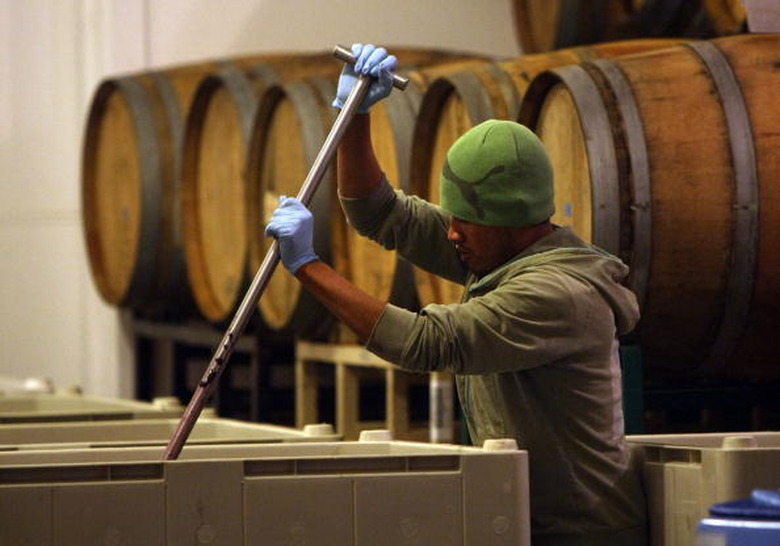What Are The Reactants Of The Electron Transport Chain?
The electron transport chain (ETC) is the biochemical process that produces most of a cell's fuel in aerobic organisms. This involves the buildup of a proton motive force (PMF), which allows for the production of ATP, the main catalyst of cellular reactions. The ETC is a series of redox reactions where electrons are transferred from reactants to mitochondrial proteins. This gives the proteins the ability to move protons across an electrochemical gradient, forming the PMF.
The Citric Acid Cycle Feeds Into the ETC
The Citric Acid Cycle Feeds Into the ETC
The main biochemical reactants of the ETC are the electron donors succinate and nicotinamide adenine dinucleotide hydrate (NADH). These are generated by a process called the citric acid cycle (CAC). Fats and sugars are broken down into simpler molecules such as pyruvate, which then feed into the CAC. The CAC strips energy from these molecules to produce the electron-dense molecules needed by the ETC. The CAC produces six NADH molecules and overlaps with the ETC proper when it forms succinate, the other biochemical reactant.
NADH and FADH2
NADH and FADH2
The fusion of an electron-poor precursor molecule called nicotinamide adenine dinucleotide (NAD+) with a proton forms NADH. NADH is produced within the mitochondrial matrix, the innermost part of the mitochondrion. The various transport proteins of the ETC are located on the mitochondrial inner membrane, which surrounds the matrix. NADH donates electrons to a class of ETC proteins called NADH dehydrogenases, also known as Complex I. This breaks NADH back down into NAD+ and a proton, transporting four protons out of the matrix in the process, increasing the PMF. Another molecule called flavin adenine dinucleotide (FADH2) plays a similar role as an electron donor.
Succinate and QH2
Succinate and QH2
The succinate molecule is produced by one of the middle steps of the CAC and is subsequently degraded into fumarate to help form the dihydroquinone (QH2) electron donor. This part of the CAC overlaps with the ETC: QH2 powers a transport protein called Complex III, which acts to expel additional protons from the mitochondrial matrix, increasing the PMF. Complex III activates an additional complex called Complex IV, which releases even more protons. Thus, the degradation of succinate to fumarate results in the expulsion of numerous protons from the mitochondrion through two interacting protein complexes.
Oxygen
Oxygen
Cells harness energy through a series of slow, controlled combustion reactions. Molecules such as pyruvate and succinate release useful energy when they are combusted in the presence of oxygen. Electrons in the ETC are eventually passed to oxygen, which is reduced to water (H2O), absorbing four protons in the process. In this manner, oxygen acts as both a terminal electron recipient (it is the last molecule to get the ETC electrons) and an essential reactant. The ETC cannot happen in the absence of oxygen, so oxygen-starved cells resort to highly inefficient anaerobic respiration.
ADP and Pi
ADP and Pi
The ultimate goal of the ETC is to produce the high-energy molecule adenosine triphosphate (ATP) to catalyze biochemical reactions. The precursors of ATP, adenosine diphosphate (ADP) and inorganic phosphate (Pi) are readily imported into the mitochondrial matrix. It takes a high energy reaction to bond ADP and Pi together, which is where the PMF does work. By allowing protons back into the matrix, working energy is produced, forcing the formation of ATP from its precursors. It is estimated that 3.5 hydrogens must enter the matrix for the formation of each ATP molecule.
Cite This Article
MLA
Robison, Christopher. "What Are The Reactants Of The Electron Transport Chain?" sciencing.com, https://www.sciencing.com/reactants-electron-transport-chain-8428958/. 24 April 2017.
APA
Robison, Christopher. (2017, April 24). What Are The Reactants Of The Electron Transport Chain?. sciencing.com. Retrieved from https://www.sciencing.com/reactants-electron-transport-chain-8428958/
Chicago
Robison, Christopher. What Are The Reactants Of The Electron Transport Chain? last modified August 30, 2022. https://www.sciencing.com/reactants-electron-transport-chain-8428958/


